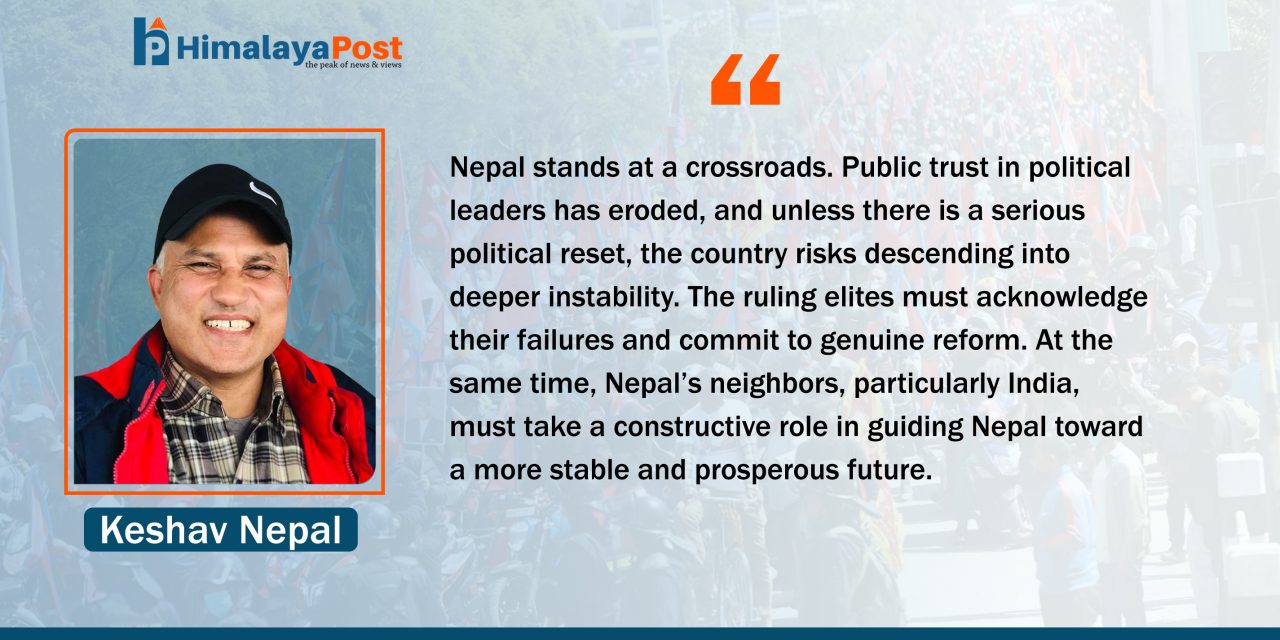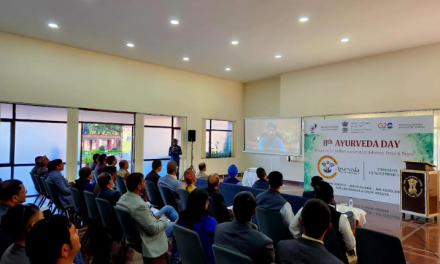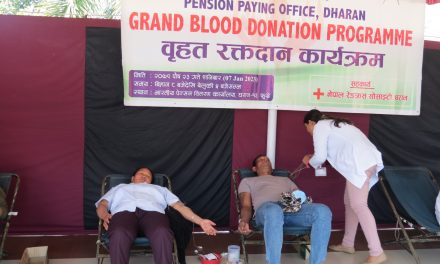– Keshav Nepal
Nepal’s political landscape has been defined by instability, unfulfilled promises, and rampant corruption. Since the fall of the Panchayat system in 1990, the country has undergone multiple transitions—each heralding change but delivering little in terms of tangible progress. The shift to multiparty democracy, the Maoist insurgency, the abolition of monarchy, and successive political realignments have left Nepal exhausted and disillusioned. After 17 years under a republican system, Nepal remains mired in political and economic turmoil, forcing millions of its citizens to seek opportunities abroad due to a lack of prospects at home.
A Troubled Transition: From Monarchy to Multiparty Democracy
For three decades, the Panchayat system restricted political freedoms and suppressed multiparty democracy. The pro-democracy movement of 1990 forced the monarchy to compromise, reducing the king’s role to a constitutional and cultural figurehead. However, barely five years into this democratic transition, Nepal was engulfed in a decade-long Maoist insurgency that claimed over 17,000 lives, displaced thousands, and led to mass confiscation of land and property. Public and private assets, including banks and infrastructure, were looted or destroyed—losses that remain unaccounted for even today.
The conflict officially ended in 2006 (2063 BS) when the Maoists joined hands with mainstream political parties to abolish the monarchy. While this was hailed as a democratic milestone, it instead paved the way for unchecked corruption, crony capitalism, and governance failure. The leaders who promised a “New Nepal” squandered national resources, contributing to economic stagnation and widespread public discontent.
Seventeen Years of Political Failure
Since the fall of the monarchy, Nepal’s political elite have repeatedly failed the people. The same figures who led the democratic movement in the 1990s still dominate Nepal’s political landscape, enriching themselves while neglecting national development. Under the pretext of managing former rebels, billions of dollars have been siphoned to foreign tax havens, further hollowing the nation’s economy.
With little hope for progress, millions of young Nepalese have been forced to migrate to Gulf countries, Malaysia, and elsewhere in search of employment. The political leaders who once championed democracy now face open hostility from the public. Wherever they go, they are met with jeers, protests, and public outrage. Their photographs and party flags are burned in demonstrations, symbolizing the deep frustration and sense of betrayal felt by the people.
The Risk of Mass Revolt and the Role of India
Nepal’s deepening crisis not only threatens its own stability but also has broader regional implications. Growing public frustration could lead to spontaneous, unorganized revolts against the political elite, creating a power vacuum that risks further destabilization. This situation is of concern to Nepal’s neighbors, particularly India.
India, as the world’s largest democracy and the fifth-largest economy, shares deep cultural, religious, linguistic, and geographical ties with Nepal. Any political turmoil in Nepal could have spillover effects on India’s border regions. By fostering diplomatic engagement and encouraging genuine political reforms, India can play a vital role in helping Nepal regain stability and good governance.
Historically, India has been a key mediator in Nepal’s political transitions. It facilitated the 1951 (2007 BS) agreement among the King, the Rana regime, and political parties, played a role in the restoration of multiparty democracy in 1990 (2046 BS), and supported the 2006 (2063 BS) movement that led to the Maoist-SPA agreement. However, one of India’s critical missteps was influencing Nepali political forces to remove Hinduism from the constitution and abolish the monarchy.
It is now time to rectify this historical mistake. Nepal should be re-established as a Hindu nation-state, reflecting the cultural and religious identity of its people. The question of monarchy, too, should be left to the people’s will, decided through a democratic referendum. By correcting past miscalculations, India can help Nepal achieve a political framework that is both stable and aligned with the aspirations of its citizens.
A Call for Responsible Leadership
Nepal stands at a crossroads. Public trust in political leaders has eroded, and unless there is a serious political reset, the country risks descending into deeper instability. The ruling elites must acknowledge their failures and commit to genuine reform. At the same time, Nepal’s neighbors, particularly India, must take a constructive role in guiding Nepal toward a more stable and prosperous future.
The people of Nepal deserve more than broken promises and political exploitation. They need leaders who prioritize national progress over personal gain. It is time for accountability, responsible governance, and a renewed commitment to the nation’s future.





